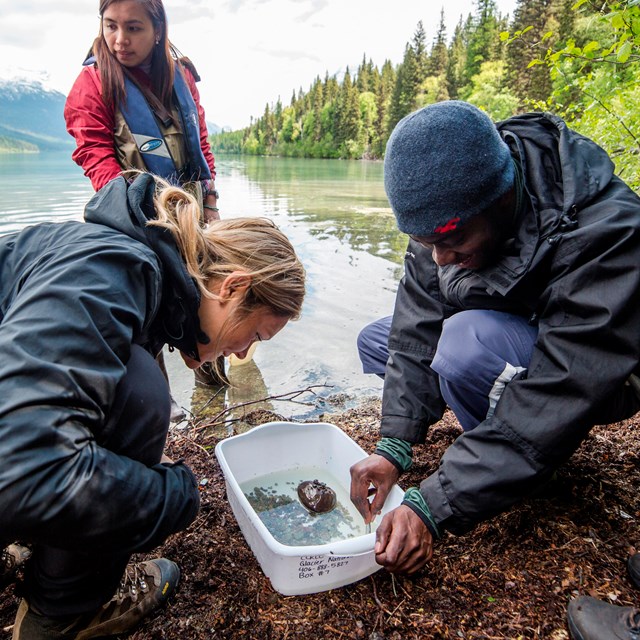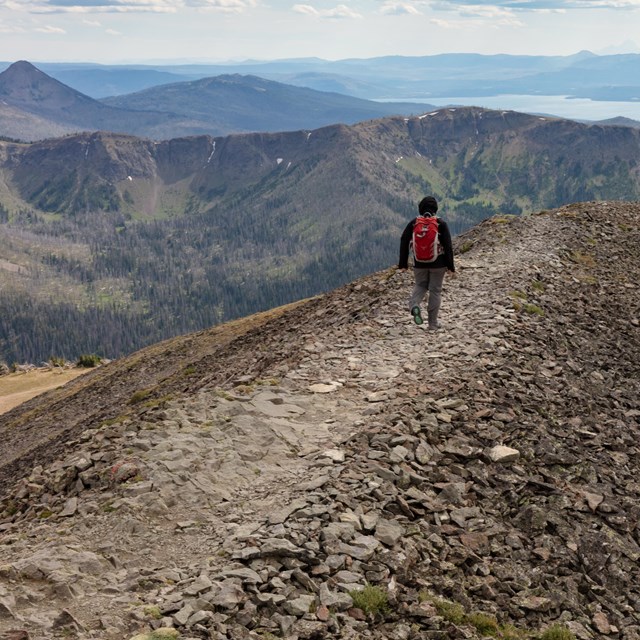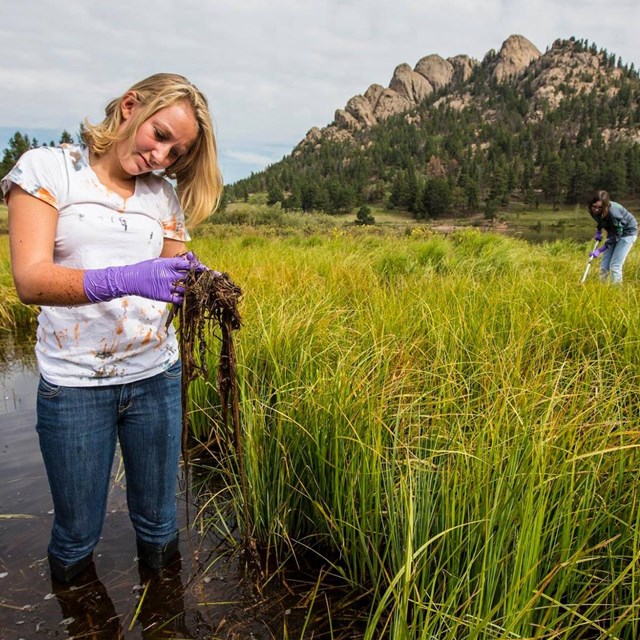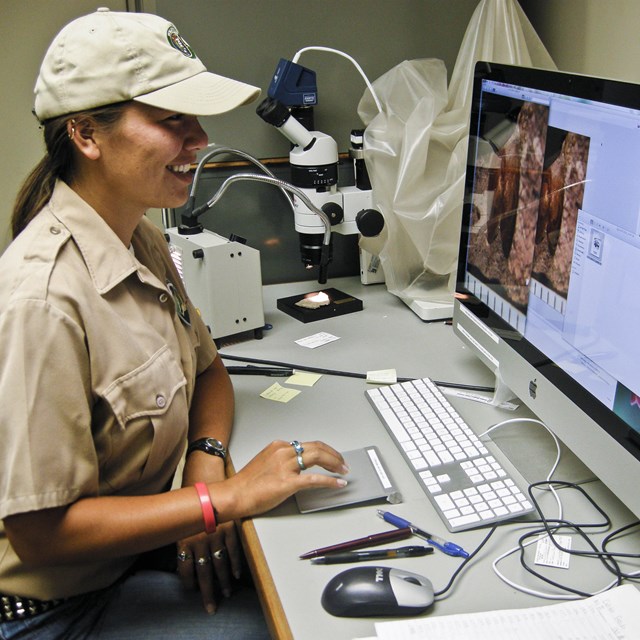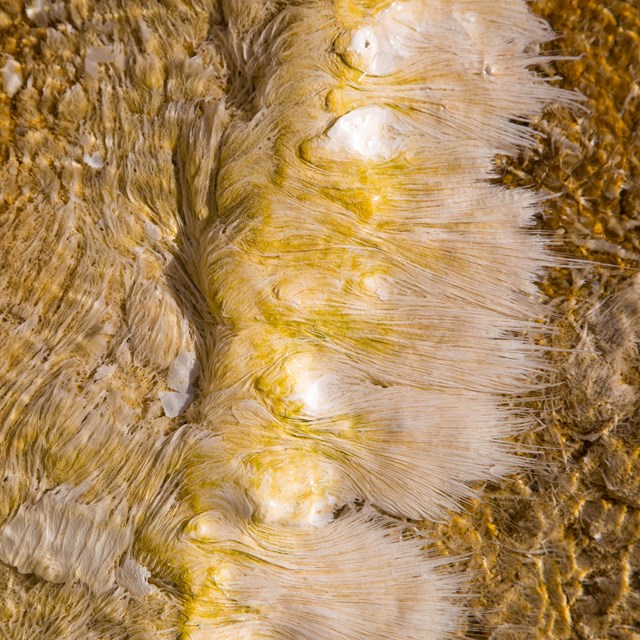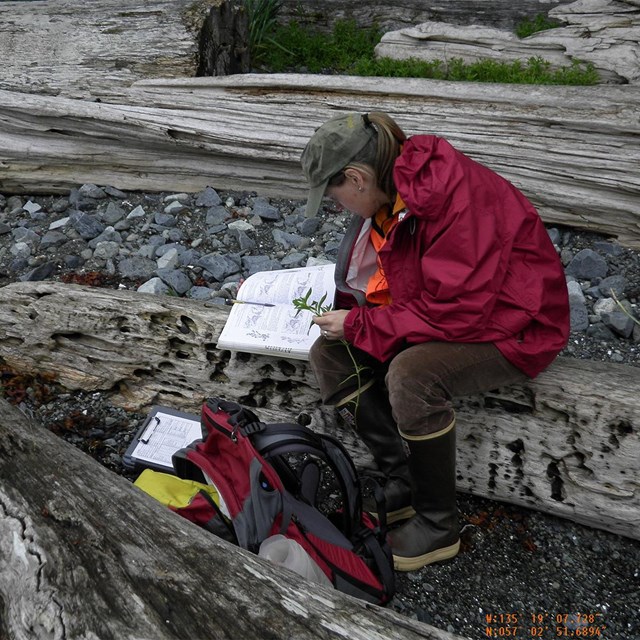|
Parks are living laboratories where scientists ask questions and conduct research. Scientists observe and experiment. They learn from interactions of plants and animals in their natural environment. The National Park Service preserves the places and stories of discovery and uses what we learn through science to manage our natural and cultural resources.
|
Last updated: November 17, 2025

